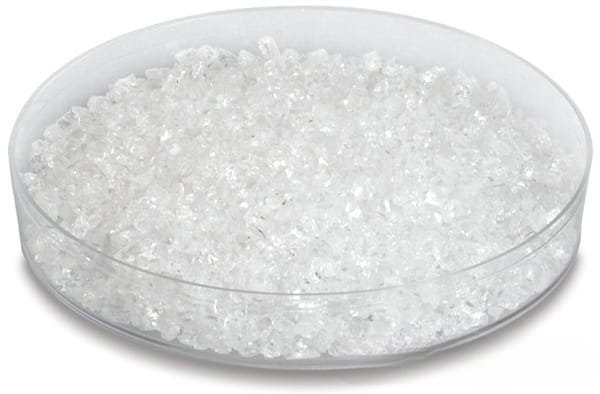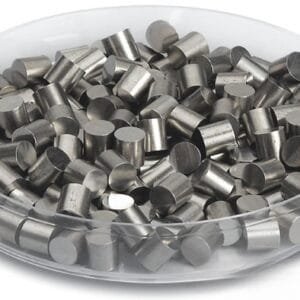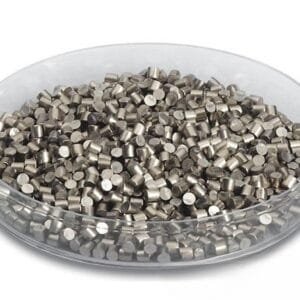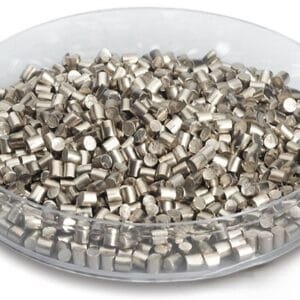TFM: High-Purity Cerium(III) Fluoride Evaporation Materials
At TFM, our Cerium(III) Fluoride evaporation materials are like the gold standard in the world of film deposition. Chemically known as CeF3, these high-purity materials are crucial for creating top-quality deposited films, much like a high-precision tool is essential for a perfect cut.
Cerium(III) Fluoride Evaporation Materials Specification
| Material Type | Cerium(III) Fluoride |
| Symbol | CeF3 |
| Appearance/Color | White, crystalline solid |
| Melting Point | 1,460 °C (2,660 °F; 1,730 K) |
| Density | 6.16 g/cm3 (at 20 °C) |
| Purity | 99.9% ~ 99.99% |
| Shape | Powder/ Granule/ Custom-made |
Think of our specifications as the recipe for a high-end dish; each detail contributes to the final quality, ensuring our materials meet the highest standards for performance and reliability.
Applications
Cerium(III) Fluoride evaporation materials are like versatile ingredients in a chef’s pantry, essential for various deposition techniques including:
- Semiconductor Deposition: Similar to how a key ingredient is vital for a specific recipe, these materials are crucial in making semiconductors.
- Chemical Vapor Deposition (CVD) and Physical Vapor Deposition (PVD): Just as different cooking methods require specific ingredients, CVD and PVD rely on these materials for optimal results.
- Optics: Used in wear protection, decorative coatings, and displays, much like high-quality materials enhance both the look and durability of a product.
Packaging
Our Cerium(III) Fluoride materials are packaged with the same care as a delicate gift, ensuring they arrive in perfect condition. Clear labeling and robust packaging prevent any mishaps during storage or transport, much like a well-packed box keeps its contents safe.
Contact Us
TFM offers various forms of Cerium(III) Fluoride, including tablets, granules, rods, and wires—think of it as having multiple formats of your favorite tool to suit different needs. Custom shapes and quantities are available upon request. We also provide related products like evaporation sources and crucibles, similar to having all the necessary accessories for a complete toolkit. For pricing and inquiries, reach out to us directly.


 MSDS File
MSDS File



Reviews
There are no reviews yet.